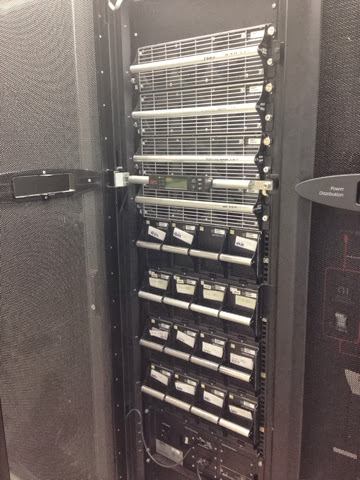Quick Look: What is SysPrep?
When I worked in a Technical Support role, we installed Windows by disc. You know, next, next, computer name, next, accept the End User License Agreement, etc. It wasn't because I did it so long ago. My employer at the time just liked doing things manually for some reason. The way most modern IT shops work isn't by installing Windows "by hand" everyte a new machine comes in. They automate it by turning a single vanilla Windows install into an image they can push out or deploy to a new machine and any other new machine after that. This allows you to install windows on multiple computers simultaneously and with zero input from you, the IT guy/gal.
SysPrep, short for System Preparation, is a tool used to depersonalize a master image. The master image is what you'd push out to new computers but the SysPrep tool generalizes the unique parts of a Windows install such as the Computer Name, Security Identifier (SID) and Driver Cache. If you didn't do this, Windows on the new computer wouldn't boot since the hardware drivers from the master computer wouldn't work with the hardware on the new computer but even if Windows did boot up, you'd have the same computer name and same SID. Not a big deal in a home environment but in an domain environment, Active Directory would not like you. SysPrep also configures the master computer's disk image so that every destination computer starts in s special mode known as Mini-Setup.
There's a number of steps to creating a System Image but I'm only going to discuss the SysPrep tool and what role it plays in creating an image. Image-based installation is a method cloning or copying pre-configured OS onto target computers. This works for both servers and/or workstations.
SysPrep, short for System Preparation, is a tool used to depersonalize a master image. The master image is what you'd push out to new computers but the SysPrep tool generalizes the unique parts of a Windows install such as the Computer Name, Security Identifier (SID) and Driver Cache. If you didn't do this, Windows on the new computer wouldn't boot since the hardware drivers from the master computer wouldn't work with the hardware on the new computer but even if Windows did boot up, you'd have the same computer name and same SID. Not a big deal in a home environment but in an domain environment, Active Directory would not like you. SysPrep also configures the master computer's disk image so that every destination computer starts in s special mode known as Mini-Setup.
SysPrep actually consists of 3 separate tools: SysPrep.exe, Setupcl.exe and Factory.exe, the latter of the two being secondary programs that SysPrep opens if necessary.
There's lots if good information out on the Internet about image-based installation for Windows so don't hesitate to ask your favorite search engine for more if you're still curious.


Comments
Post a Comment